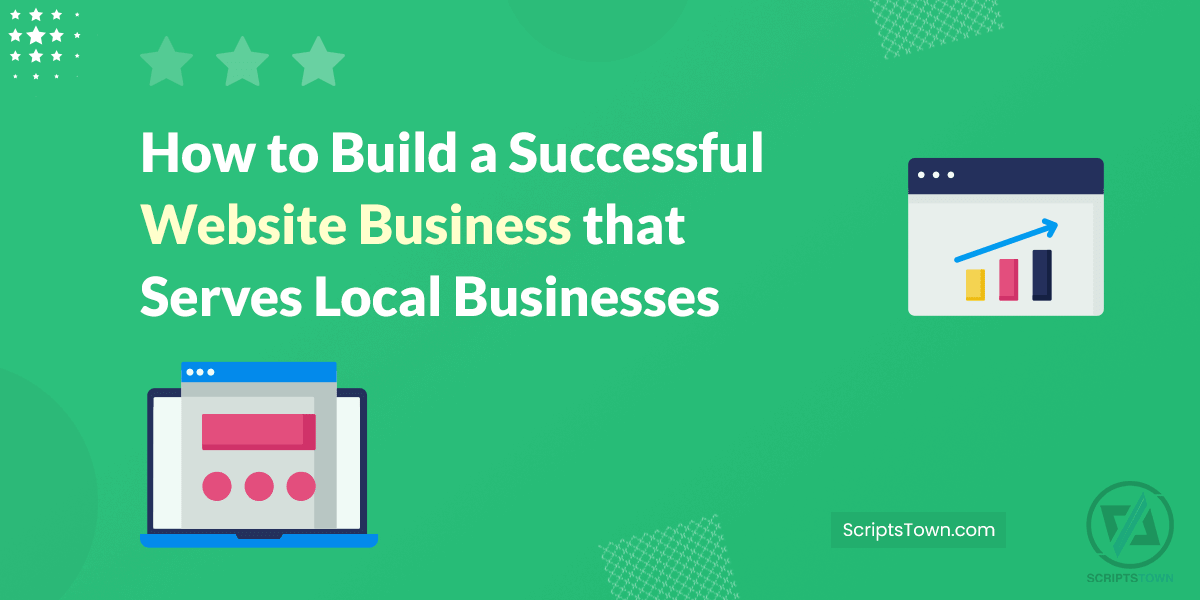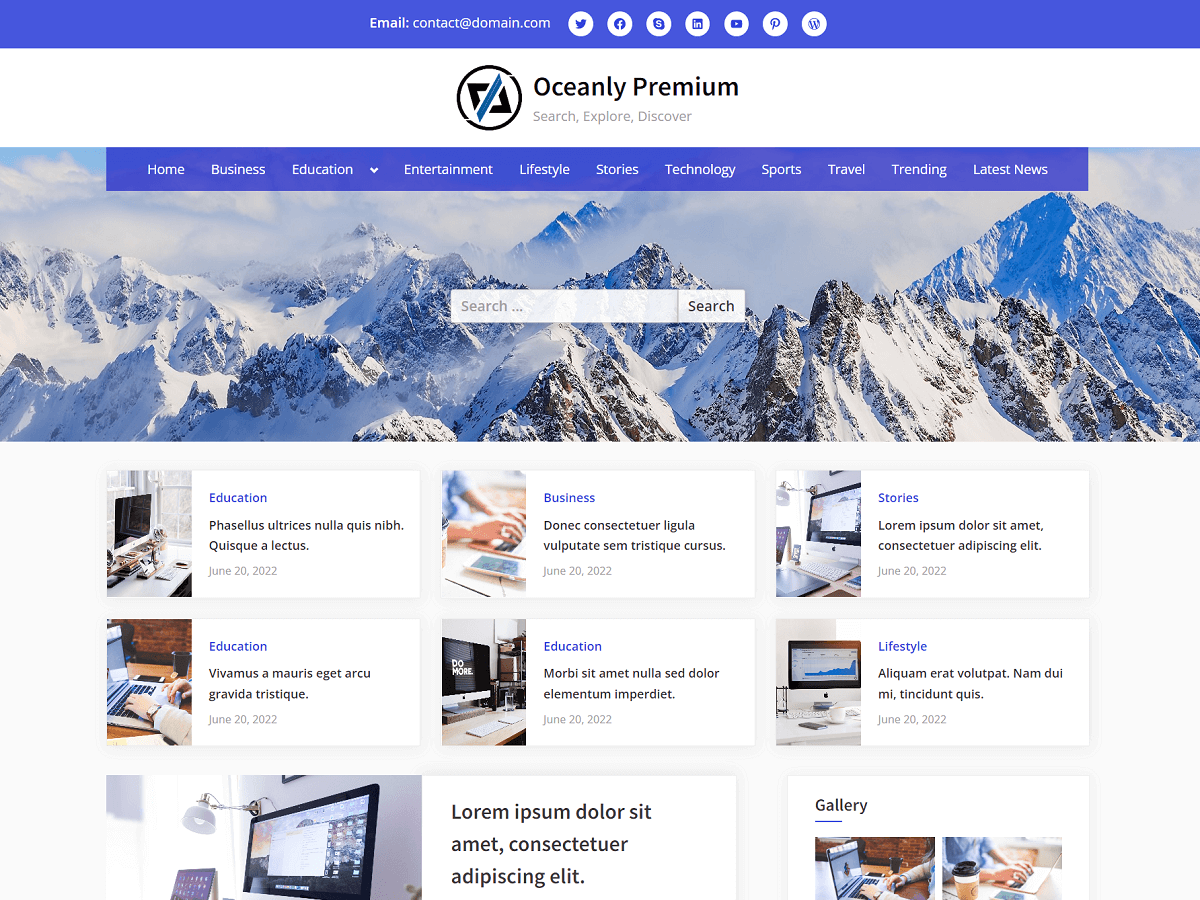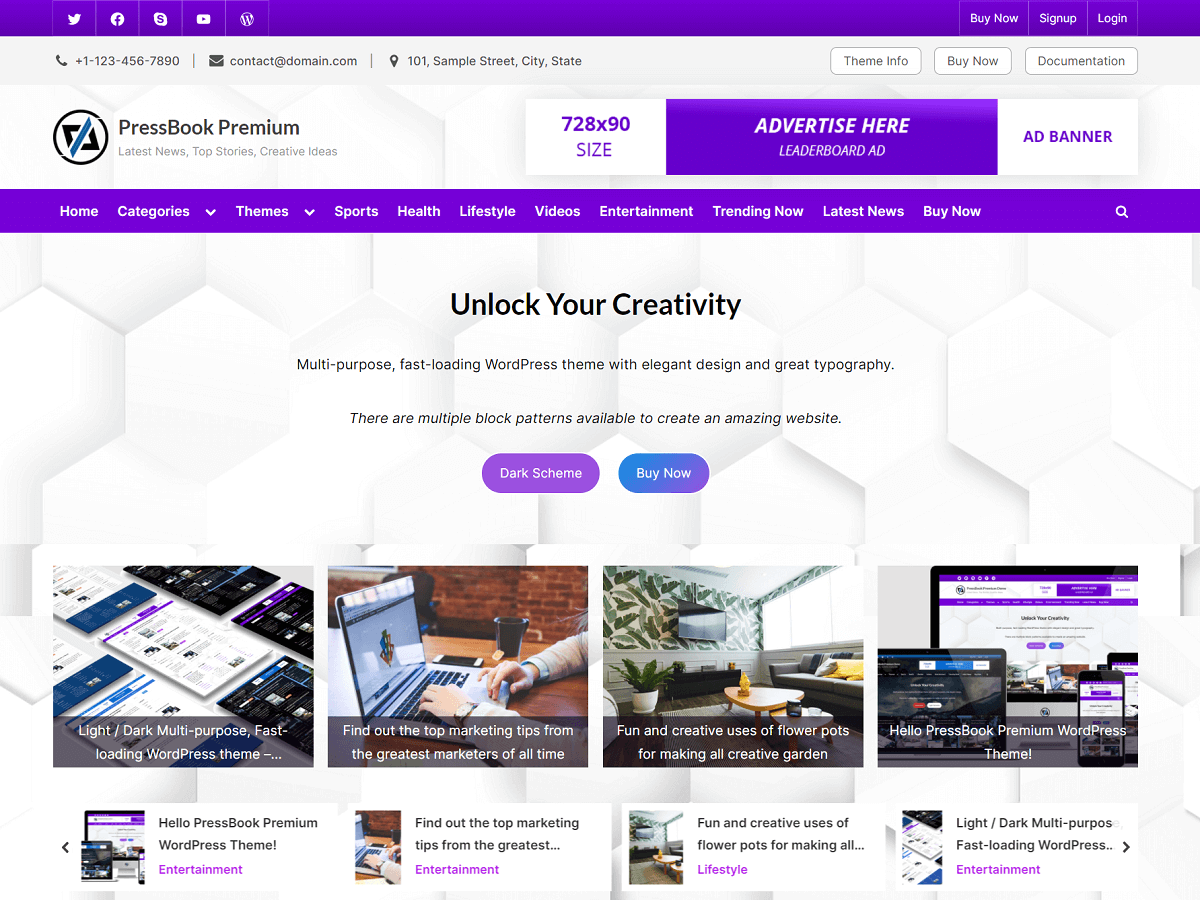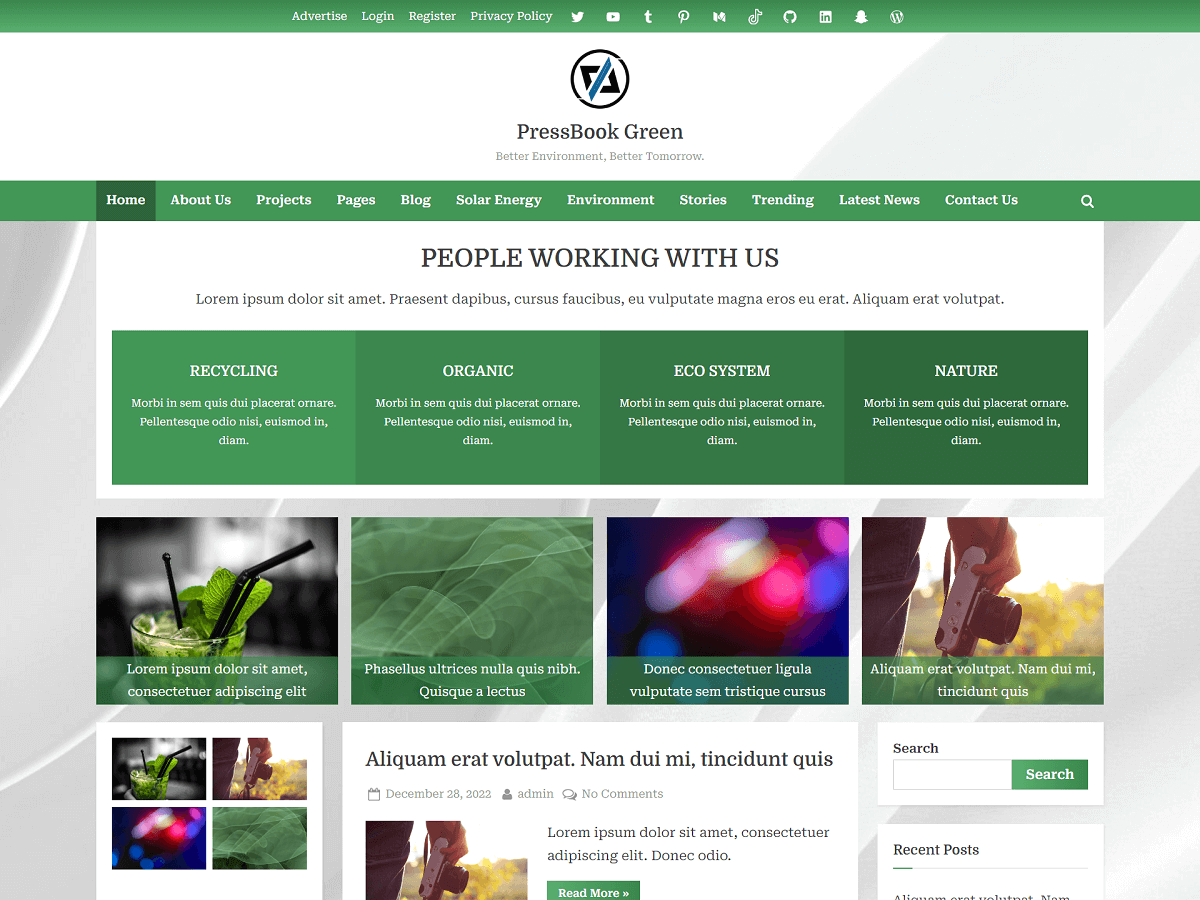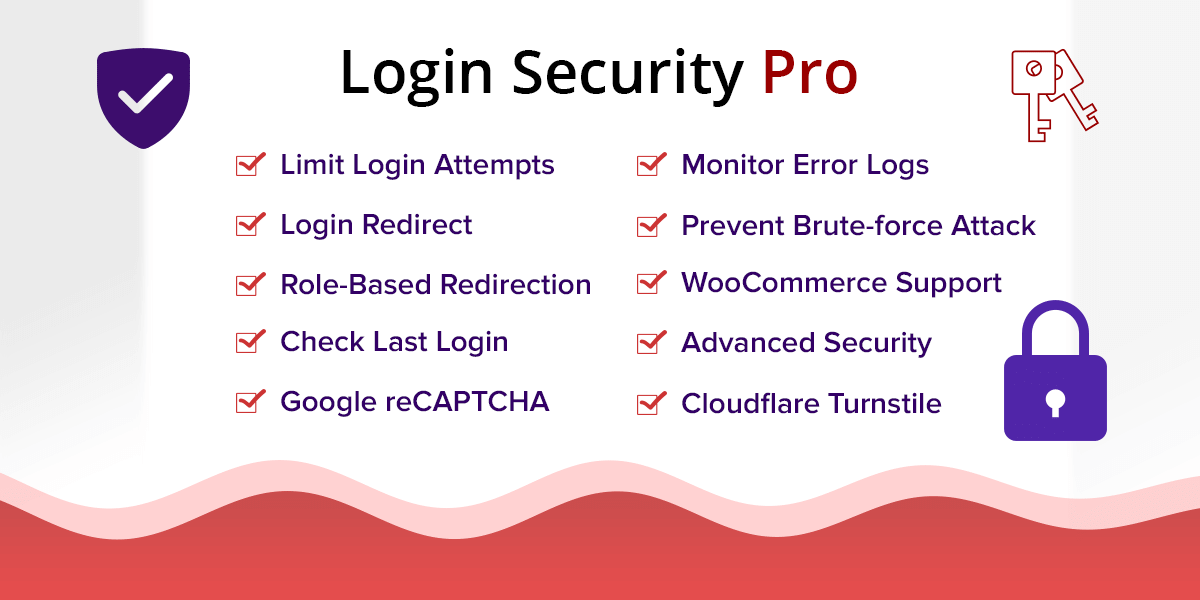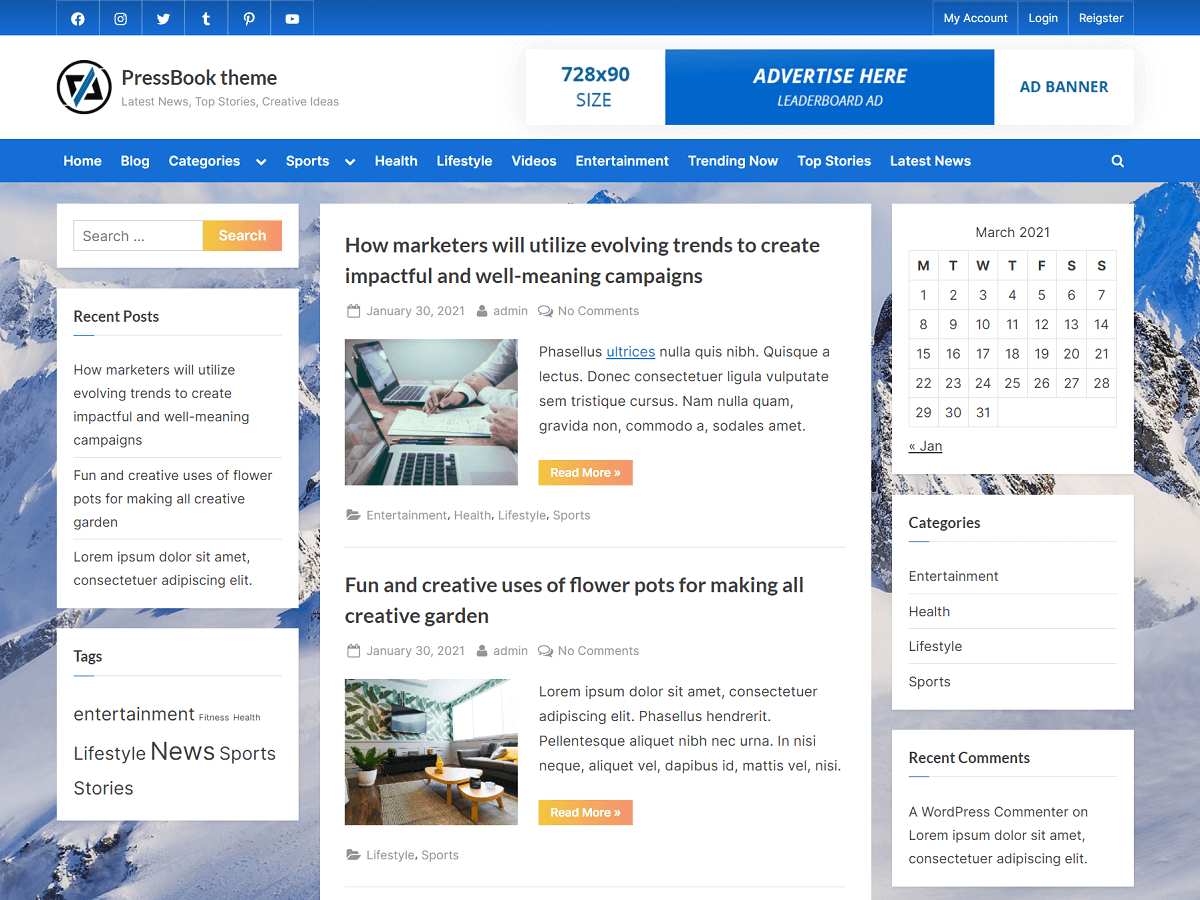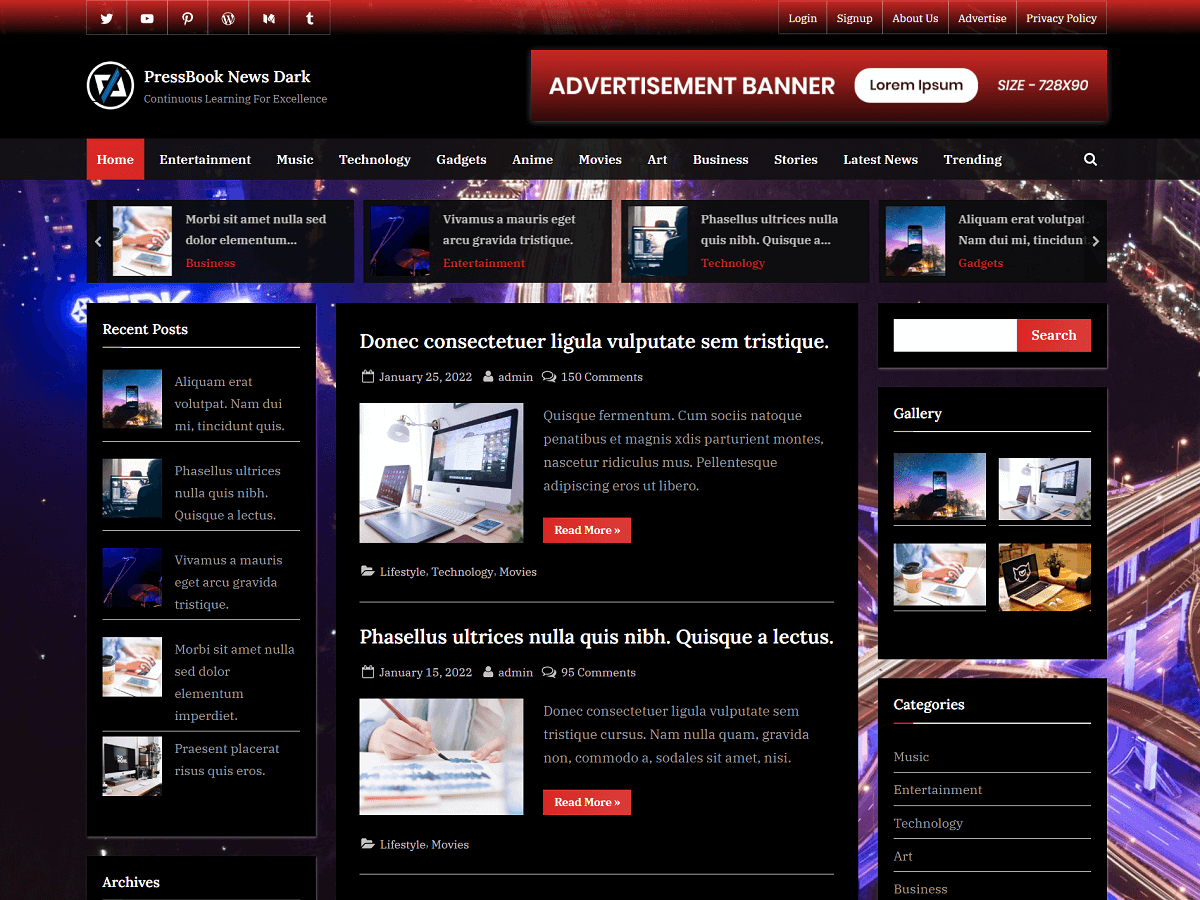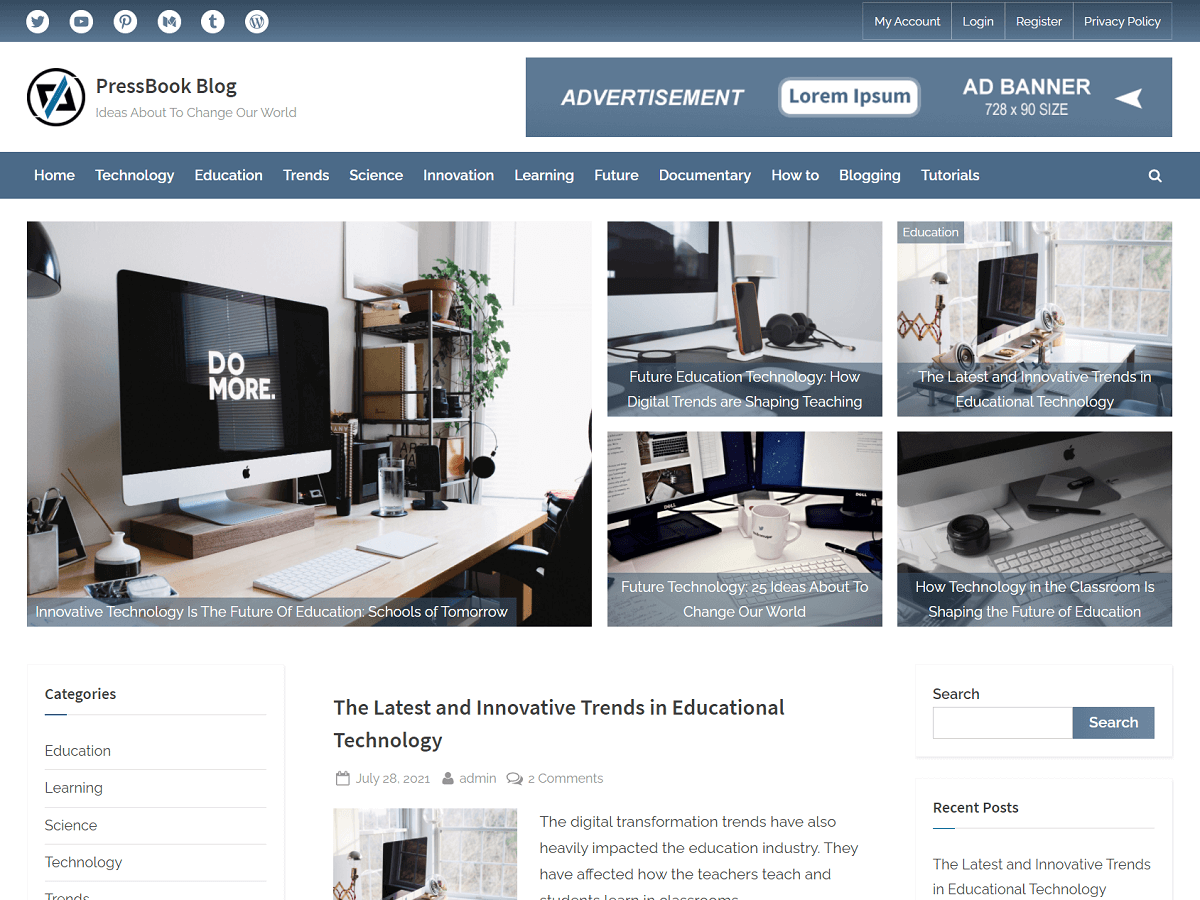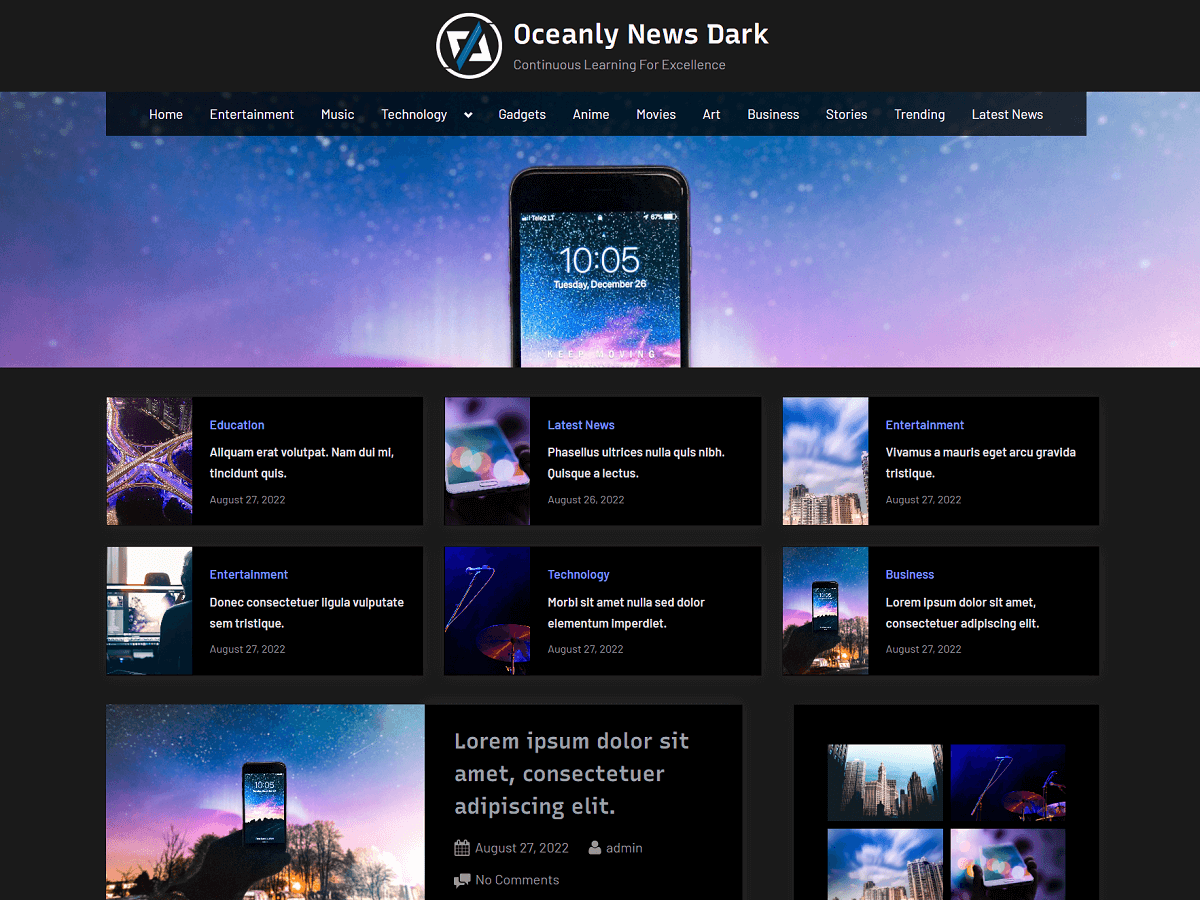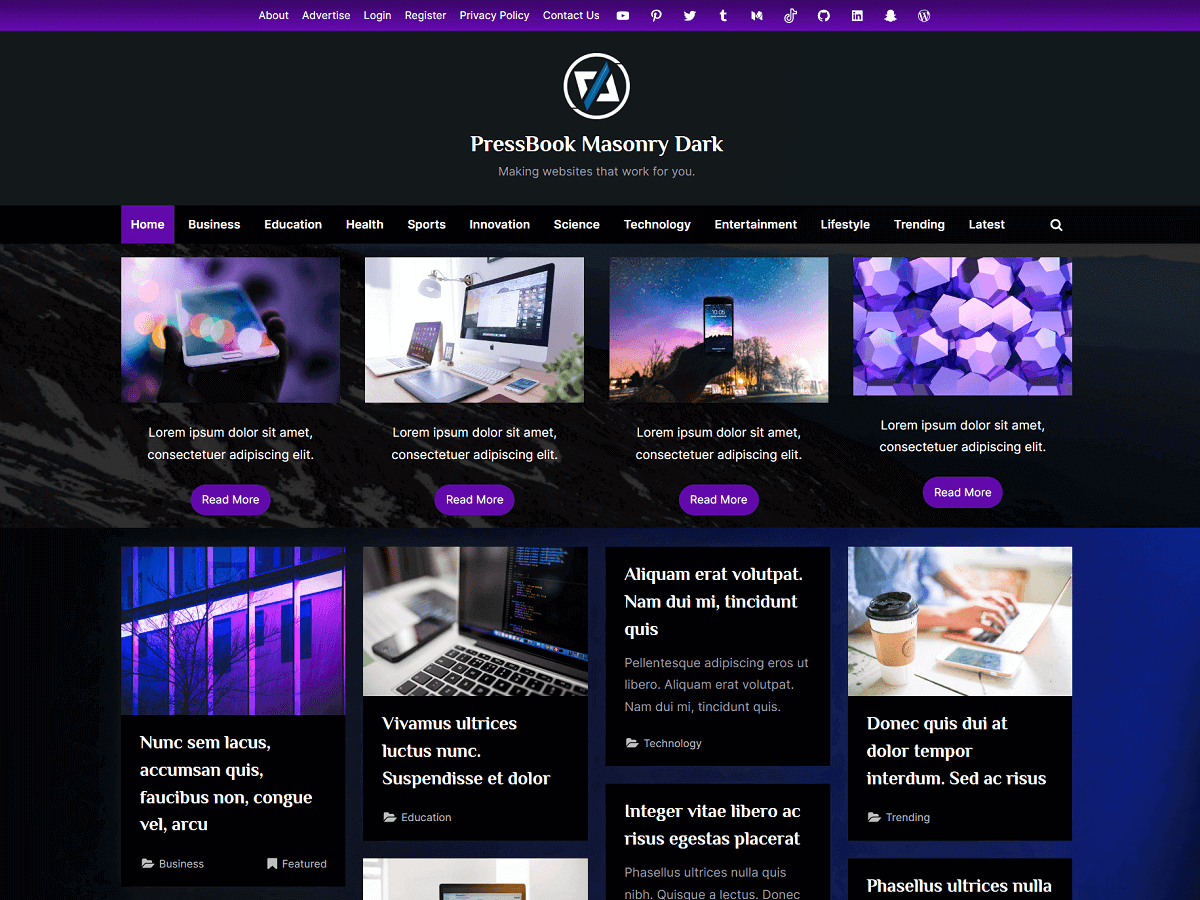For any business, whether it’s a global or local business, it’s essential to have a strong online presence. To achieve that, businesses may reach out to website agencies, web developers, or web designers who deal with the creation of functional, professional-looking websites.
From the perspective of a website agency or developers, it presents a great opportunity to build a sustainable, long-lasting website business. To build a successful website creation business, you need to do a lot more than just create functional websites for clients.
It requires well-planned strategies that attract and retain customers, provide ongoing value, and open doors to long-term partnerships. In this article, we’ll explore the strategies that will not only help you attract more clients but also build a sustainable, long-term business. We’ll focus on work efficiency, client satisfaction, and potential for recurring revenue streams.
Understanding Local Business Needs
It’s necessary to understand what local business owners are looking for when they invest in a website. Generally, they prioritize attracting more customers, having low maintenance, and an improved online presence. The focus needs to be on these key areas to create a compelling offer that addresses the real needs of your potential clients.
Attracting More Customers
The primary goal of most business websites is to generate leads and increase sales. Your role as a website designer is to create sites that do just that.
To ensure that your website designs actually help businesses attract and retain more customers, you can follow these practices:
1. Focus on Lead Generation
Focusing on lead generation means converting website visitors into leads or prospects. Make sure the websites you design are optimized to encourage visitors to take action such as filling out a contact form, signing up for a newsletter, or making a purchase. For dentist websites, this could involve prominently displaying a call-to-action for scheduling an appointment, along with trust-building elements that help visitors feel assured.
2. Emphasize User Experience (UX)
A well-designed website with seamless navigation, high accessibility, and fast loading speeds creates a positive user experience. It can encourage visitors to stay longer and engage more on a website.
A user-centered design focuses on meeting the needs of the website’s visitors. This involves creating a simple, intuitive interface that allows users to quickly find the information they’re looking for. You need to offer your clients websites that load quickly, are mobile-friendly, and provide easy access to information.
3. Clear Calls to Action (CTAs)
Every page of the website should have a clear purpose and a strong call to action (CTA). For example, buttons like “Request a Free Quote”, “Schedule a Demo”, or “Contact Us Today” can help guide potential customers to take immediate action.
Low Maintenance
Business owners often lack the time or technical expertise to manage complex websites. They want a hassle-free website that doesn’t require constant attention.
You need to provide low-maintenance solutions to keep clients satisfied. Your clients will appreciate websites that are easy to manage and require minimal intervention.
The clients seek for:
- Content management systems that allow for easy updates without coding knowledge. Pick a CMS that has a good balance of features, ease of use, and customization options.
- Simple interfaces for making basic content changes, such as updating business hours, adding new products, changing promotional banners, or publishing announcements.
- Automated security features and updates to minimize vulnerability to cyber threats.
1. Use Website Builders and Templates
To streamline your workflow of building websites and ensure ease of use for clients, you can use website builders and templates. These can help you deliver websites faster and provide clients with an easy-to-maintain platform.
Examples of website builders or CMS include WordPress, Drupal, Joomla, Shopify, etc.
Most website builders offer pre-designed templates tailored to different industries. You can choose ones that align with your target clients’ businesses. This would allow you to create professional-looking websites in a fraction of the time it would take to build from scratch.
Before choosing a website template:
- Analyze the specific needs of the business (for example, a restaurant will need different features than a law firm).
- Look for website layouts that effectively showcase the business’s key information and call-to-action elements.
- Consider local aesthetic preferences and industry standards.
Some examples of key features of a website related to specific industries:
| Industry | Key Features |
|---|---|
| Real Estate | Property listings, agent profiles, property filters, contact forms, location maps |
| Restaurants | Online menus, reservation booking, gallery |
| E-commerce | Product listings, product pages, shopping cart, payment integration, order tracking |
| Health & Fitness | Nutrition plans, scheduling tools, trainer bios, client testimonials, photo galleries |
2. Customization for Branding
Templates can provide a solid base for a website but customization is necessary to make each website unique to the client’s brand. You can adjust the color scheme, fonts, and layout to reflect the business identity. Include images and text with real, business-specific content to create a more professional and authentic feel.
- Prioritize key information: Modify layouts to prioritize the most crucial information for local customers. Make sure that key details like contact information, location, and local promotions are prominently displayed to improve user experience.
- Localize design elements: Use local landmarks, cultural references, or language nuances in the design to build a stronger connection with the community.
- Align color palette with the brand: Adjust the color palette to align with the business’s existing branding materials. You can test color contrasts for accessibility and visibility to ensure the palette works seamlessly across digital and print mediums.
- Select readable fonts: Choose fonts that are both readable and reflective of the brand’s personality. Select typefaces that convey professionalism. It can be modern, playful, or traditional. Avoid overly stylized typefaces that may compromise clarity.
- Incorporate branding: Incorporate the business’s logo and any other distinctive brand elements. You can easily make a business logo with the help of a logo generator.
Example: For a restaurant, use high-quality images of the dishes they serve, incorporate the restaurant’s signature colors, and display their logo prominently across the website.
3. Leverage AI and Automation
Incorporate AI tools and automation to improve your efficiency.
- Content generation: AI writing assistants to create initial drafts of website copy, blog posts, or product descriptions.
- Image creation: AI image generators for custom graphics or stock photo alternatives.
- SEO optimization: AI-powered SEO tools to analyze and optimize website content.
- AI chatbots: AI chatbots to handle initial customer inquiries on your clients’ websites.
- Social media management: AI tools to analyze and develop effective content strategies for social media marketing to boost your client’s business. Scheduling tools to automate social media management by publishing relevant posts on social pages for your clients.
Improved Online Presence
A professional-looking website that represents their brand well and impresses potential customers. The key elements include:
- Clean, modern website design that aligns with the business’s branding and appeals to the local demographic.
- Mobile responsiveness to cater to customers searching on smartphones and tablets.
- Fast loading times to prevent visitor frustration and improve search engine rankings.
- Integration with social media platforms popular in the local community.
- Localized content that resonates with the target audience, including local terminology and cultural references.
- Website promotion strategies including partnerships with local influencers on Instagram, TikTok, and other platforms relevant to their audience.
Crafting an Irresistible Pitch
When approaching local businesses for their website development services, your pitch should emphasize how your services will directly benefit their bottom line, potentially attracting more leads and sales.
Some effective outreach strategies are as follows:
For Businesses with Existing Websites
Highlight specific improvements you can make to their current website, such as:
- Improving page load speed.
- Optimizing for local search.
- Improving mobile responsiveness.
- Updating the website’s look with a contemporary, user-friendly interface.
- Adding useful functionality or features such as online booking or chat support.
- Creating locally-relevant content that addresses customer pain points and questions.
- Refine call-to-action placements and landing page designs to improve conversion rates.
- Redesign the site’s structure and content hierarchy that reduce bounce rates.
For Businesses without Websites
Emphasize the new opportunities and potential growth a website could bring:
- Ability to showcase products or services.
- 24/7 availability of business information.
- Increased visibility to potential customers.
- Creation of passive lead generation through contact forms.
- Development of a digital foundation that can expand as the business grows.
- Competitive positioning against similar businesses that have websites.
- A platform for customer reviews and testimonials.
Personalized Approach
Adjust your pitch to each business. To personalize your pitch, you could:
- Mention specific observations about their current online presence or lack thereof.
- Provide a brief analysis of their competitors’ online strategies.
- Offer concrete examples of how similar businesses have benefited from your services.
- Share them with a sample website for their business.
- Present a report that outlines current strengths, weaknesses, and actionable recommendations tailored to their site.
- Research their online reviews to identify recurring customer issues that could be addressed through website solutions.
Improving Functionality with Local Business Tools
A basic website may not be enough to satisfy all client needs. Add functionalities that can provide more value to your clients and differentiate your services from competitors.
Integrate features that add value to the local business and improve customer experience:
- Newsletter sign-up forms for local promotional offers.
- Effective contact forms with local area validation for lead generation.
- An appointment booking system integrated with the business’s local time zone to give visitors an easy way to interact with the business and make bookings. This is especially useful for service-based businesses like salons or consulting firms.
- For businesses selling products, integrate an e-commerce solution and related features or capabilities with local pickup or delivery options for online sales. You also need to be sure that the shopping experience is smooth, from browsing products to the checkout (simple navigation and fast checkouts).
- Social media integration featuring local events and community involvement.
- Chat widgets for real-time customer support during business hours.
Implementing Robust Local SEO Strategies
To help local businesses succeed, their website needs to rank well in local search engine results. For many local businesses, optimizing their website for local searches can make a huge difference in visibility. Local SEO strategies ensure that a business appears in search results when customers look for services in their area.
- Local keywords: Include location-based keywords or local keywords into the website’s content (page titles, headings, and main content) to ensure it ranks for location-specific searches. As an example, if you’re building a website for a local coffee shop, include phrases like “best coffee shop in [city]” or “[city] cafe with outdoor seating”.
- Create location-specific service pages if relevant.
- Include the business’s address and contact details on relevant pages.
- Optimize the website for voice search by using natural keywords that match common spoken queries, such as “best pizza near me”.
- Create detailed FAQ pages that address common search queries.
- Use the LocalBusiness schema markup to provide structured data on essential business details, including store hours, location, and available services. This helps search engines understand and display the information more accurately.
- Embed a Google Map of the business location and include schema markup for local businesses to improve search visibility.
- Add their business to local directories. You could create a Google My Business listing and link it to the website. Business listings on directories like Google My Business, Yelp, and Bing Places increase visibility in local searches.
- Have consistent NAP (Name, Address, Phone number) information across the site and on any external directories.
Creating Recurring Revenue with Additional Services
A successful website business doesn’t stop at the initial website creation.
A single website project can evolve into a long-term partnership if you offer services that provide continuous value. Recurring services provide continuous value to your clients and also ensure a steady income for your business.
- SEO services: Provide ongoing SEO services to improve your client’s visibility in search engines. This could include local SEO strategies, link building, and content optimization.
- Website maintenance packages: Offer website maintenance plans that include regular updates, security checks, and content changes. To protect the website from potential issues, and also to prevent downtime and security breaches, it is necessary to keep a website updated and secure.
- Content creation: Offer content creation services, such as blog writing or social media posts. This ensures the website stays fresh and relevant, which is important for SEO, user engagement, and business growth.
- White label web design partnerships: Partner with agencies or businesses that need websites but lack in-house resources, offering white label web design under their brand to generate repeat projects and steady income.
- Online advertising management: Offer to manage advertisements using Google Ads or social media advertising campaigns to add tremendous value to your clients. Set up and optimize ad campaigns to help them reach a wider audience.
- Analytics and reporting: Offer to provide clients with monthly reports on their website performance. You could also highlight areas of improvement and suggest strategies for growth. Use tools like Google Analytics or SEMrush to gather data and generate easy-to-understand reports for your clients. Regular reporting keeps clients informed and demonstrates the ongoing value of your services.
Pricing Strategy for Your Services
There are many ways to price your website creation services. You could offer different website packages based on the complexity and features needed by your client.
Not all clients have the same budget. Offer tiered pricing options that cater to different needs and budget levels. For example, a basic package could include a template-based design, while premium options could offer full customization and ongoing support.
Different Ways for Pricing Your Services
Here are different ways to price your website-related services:
- Value-based pricing: Value-based pricing means to price your services based on the potential return on investment for the client.
- Tiered packages: Tiered packages offer different levels of service to accommodate various budgets and needs.
- Monthly subscription model: Provide ongoing services for a recurring monthly fee.
- Retainer model: Clients pay a fixed monthly fee to secure your ongoing availability and priority for a set number of hours or tasks.
- Project-based pricing: Charge a flat fee for specific projects or website types.
- Pay-per-feature: Charge based on individual features or functionalities added to the website, allowing clients to pick and choose based on their budget.
- Hybrid model: Combine upfront fees with ongoing maintenance charges.
- Commission-based: Receive a percentage of sales or leads generated through the website you develop or optimize, particularly suitable for e-commerce projects.
- Hourly rate: Charge clients based on the number of hours worked. Ideal for tasks with unpredictable scope or minor updates.
You would need to consider factors like project complexity, client budget, and potential for long-term partnership when determining your pricing structure.
A basic package could include a simple, one-page website with essential information about the business. Standard packages could include a multi-page website with additional features like a blog, contact forms, or a photo gallery. Lastly, a premium package could include a fully-featured website with advanced functionality like e-commerce or custom integrations.
Examples of Pricing Strategy
Some examples of the pricing strategy for your website creation services are:
- Basic Package
- Simple 5-page website
- Standard template customization
- Basic SEO optimization
- Newsletter form / Contact form integration
- Standard Package
- Up to 10-page website
- Advanced template customization
- Comprehensive SEO optimization
- Social media integration
- Basic content creation (up to 5 pages)
- Premium Package
- Custom website design
- Unlimited pages
- Advanced functionality (e.g., e-commerce, booking systems)
- Comprehensive content creation
- Logo design and branding assistance
You could offer monthly pricing options along with tiered packages to make your services more accessible to small businesses. Those pricing options could include website hosting, maintenance, SEO, content updates, full-service digital marketing, etc.
Building Trust and Long-Term Relationships
To succeed in the website business, only technical skills aren’t enough. You also need to build strong relationships based on trust, communication, and consistent value delivery.
Tips for building trust and improving customer satisfaction:
- Over-deliver on client expectations: Always aim to exceed client expectations, primarily in the early stages of the relationship. This might mean completing the project ahead of schedule or providing additional functionalities without extra charge.
- Educate clients on the importance of web features: Clients may not always understand why certain features like SEO optimization or regular maintenance are critical. Take the time to explain how these elements contribute to their business goals. When clients know the value of your services, they’re more likely to invest in long-term support.
- Communicate regularly: Keep clients informed about the progress of their website and any improvements or updates you make. Regular communication builds trust and makes sure the clients feel involved in the process.

